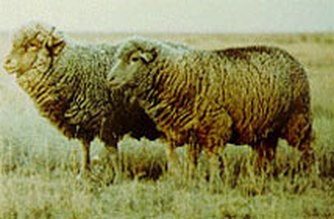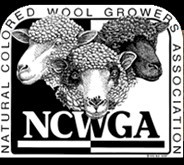Debouillet sheep, a breed developed in New Mexico around 1920, are the result of a cross between Delaine Merino and Rambouillet sheep. This breeding effort aimed to create a sheep well-suited for the range conditions prevalent in the southwestern United States.
Characterized as medium-sized sheep, Debouillets typically exhibit white hair on their faces and legs, adding to their distinct appearance. Beyond their physical traits, these sheep are known for their hardiness and gregarious nature, traits that contribute to their adaptability to various environmental conditions, including unassisted pasture lambing.
One of the key features of Debouillet sheep is their fine wool fleece, which is highly valued for its quality. The fleece possesses a deep, close crimp, making it desirable for a range of textile applications. This quality wool fleece adds to the economic value of Debouillet sheep and enhances their suitability for wool production purposes.
Overall, Debouillet sheep are prized for their adaptability, hardiness, and the quality of their fine wool fleece. These characteristics make them well-suited for the challenging range conditions of the southwestern United States and contribute to their popularity among sheep farmers and wool producers in the region.

